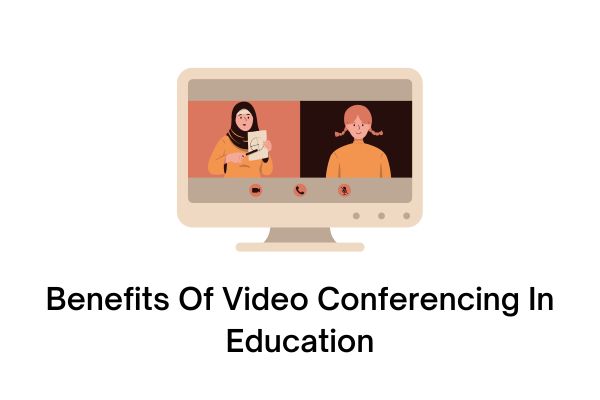What are the benefits of video conferencing in education? Video conferencing has revolutionized the field of education and opened up countless opportunities for students, teachers, and institutions around the world. The benefits of video conferencing in education are numerous and far-reaching, making it an indispensable tool in today’s digital learning environment.
1. Access to Quality Education
One of the key advantages of video conferencing in education is that it bridges the gap between students and quality education. Through video conferencing, students can access courses and lectures from renowned universities and institutions without the need to travel. This allows them to learn from expert educators, regardless of their geographical location.
2. Enhanced Collaboration
Video conferencing in education promotes collaboration and interaction among students and teachers. It allows for real-time communication, making it easier to ask questions, participate in discussions, and work on group projects. Students can engage with their peers and educators, fostering a sense of community and teamwork.
3. Flexibility and Convenience
Another significant benefit of video conferencing in education is the flexibility and convenience it offers. Students can access classes and learning materials at their own pace and convenience, eliminating the constraints of time and location. This flexibility accommodates diverse learning styles and enables students to balance their education with other commitments.
4. Cost-Effective Solution
Video conferencing in education significantly reduces costs associated with traditional learning methods. It eliminates the need for commuting, accommodation, and expensive course materials. Institutions can also save on infrastructure and classroom expenses, allowing them to allocate resources more efficiently.
5. Global Connections and Cultural Exchange
Through video conferencing, students have the opportunity to connect with peers from around the world, fostering cultural exchange and global understanding. This exposure to diverse perspectives and cultures enhances their learning experience and prepares them for a globalized society.
6. Personalized Learning
Video conferencing in education enables personalized learning experiences tailored to individual students’ needs. Educators can adapt their teaching methods and materials to suit different learning styles and abilities. Students can receive one-on-one attention and support, enhancing their understanding and academic performance.
7. Increased Access for Disadvantaged Students
Video conferencing in education plays a crucial role in providing equal educational opportunities for disadvantaged students. It eliminates geographical barriers and enables students in remote areas or underprivileged communities to access quality education that may not be available locally.
8. Professional Development for Educators
Video conferencing not only benefits students but also offers professional development opportunities for educators. They can attend virtual workshops, conferences, and training sessions, keeping abreast of the latest teaching methods and technologies. This continuous learning enhances their teaching skills and promotes innovation within the education system.
9. Environmental Sustainability
With the increasing focus on sustainability, video conferencing in education contributes to environmental conservation. It reduces the carbon footprint associated with travel and traditional classroom settings. By embracing video conferencing, educational institutions demonstrate their commitment to environmental responsibility.
10. Preparedness for the Digital Age
Video conferencing in education equips students with essential digital skills necessary for the modern workforce. As remote work and collaboration become more prevalent, proficiency in video conferencing tools becomes invaluable. By utilizing video conferencing in education, students develop digital literacy and adaptability, preparing them for future success.
In conclusion, video conferencing has revolutionized education by providing numerous benefits that enhance access, collaboration, flexibility, and cost-effectiveness. It connects students to global education resources, promotes collaboration and personalized learning, and prepares them for the digital age. As technology continues to advance, the role of video conferencing in education will only become more vital in shaping the future of learning.
